Meet the groups helping Brighton and Hove become carbon neutral by 2030
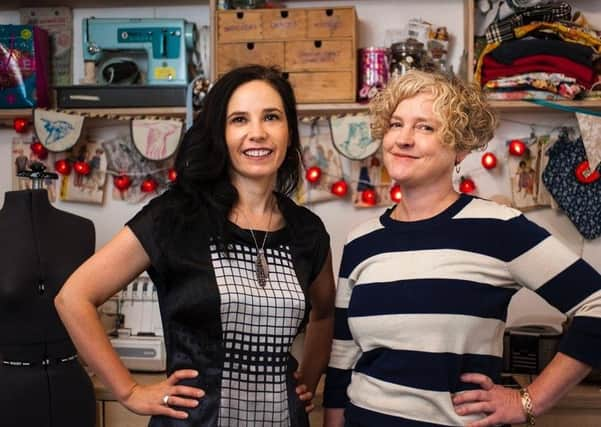

Becoming carbon neutral means that carbon emissions in the city will be reduced as far as possible – with any remaining emissions then being offset through carbon sinks or carbon reduction projects.
The city currently emits 1,242 kilotonnes of greenhouse gases per year.
Advertisement
Hide AdAdvertisement
Hide AdThis comes from three main sources, which make up roughly a third of emissions each – transport (34 per cent), energy and water (32 per cent) and the built environment (31 per cent).
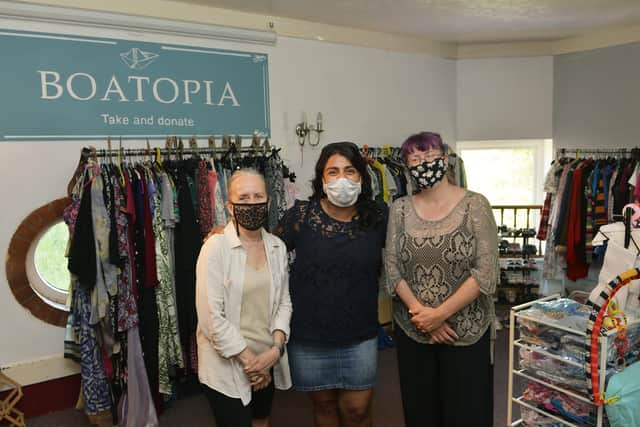

Some good news is that the city is already heading in the right direction.
Total carbon emissions have fallen by just over a third since 2005, with the largest cut coming from electricity as the National Grid gets more renewable power from wind farms and solar power.
But in order to meet the 2030 carbon neutral target, greenhouse gas emissions will have to fall by 12.7 per cent every year in the city from 2020 onwards.
As the council has made clear, it cannot do this alone.
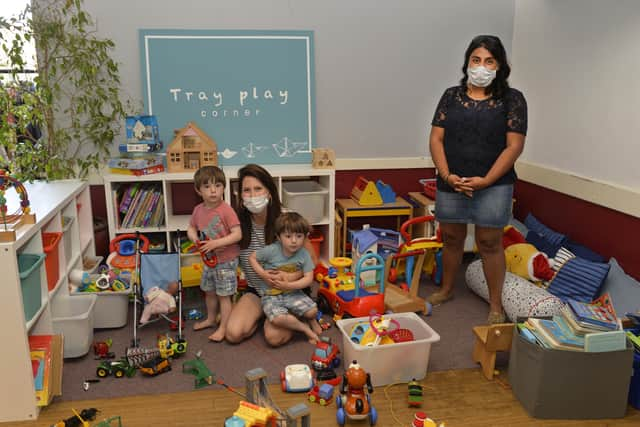

Advertisement
Hide AdAdvertisement
Hide AdMeeting the target will require support from residents, communities, businesses and organisations – and there are already plenty of fantastic community projects whose efforts are contributing to this wider goal.
One of these is Sew Fabulous, a community sewing studio based at the Open Market in Brighton which has a focus on sustainability.
Every year in the UK, 350,000 tonnes of used but still wearable clothing go to landfill, according to Susie Deadman, Managing Director of Sew Fabulous.
“We think it’s completely wrong on an environmental and social level,” she said. “What we are trying to do is encourage people to keep things in circulation for longer and extend the life of their clothing.”
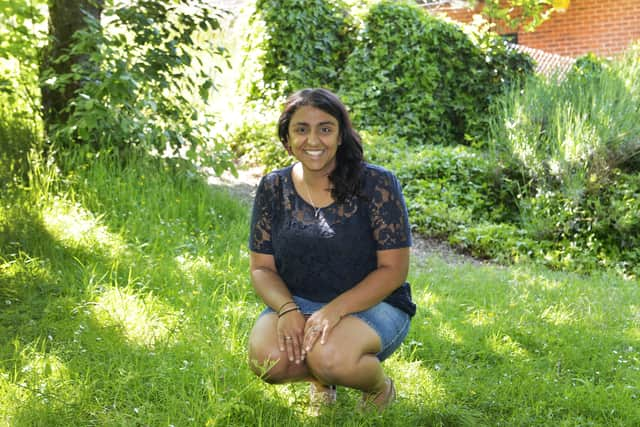

Advertisement
Hide AdAdvertisement
Hide AdSew Fabulous holds a regular drop in mending session from 1pm to 3pm on Fridays, which is donation-based.
It also runs workshops and courses teaching people how to make clothing, which is aimed at adults, as well as teenagers and children.
Susie said the young people who come to the classes ‘love being creative and love sewing’.
“And they really understand the environmental message,” she said. “When they’ve made an item of clothing, they know how much work goes into it. They’ve done it with their own hands.”
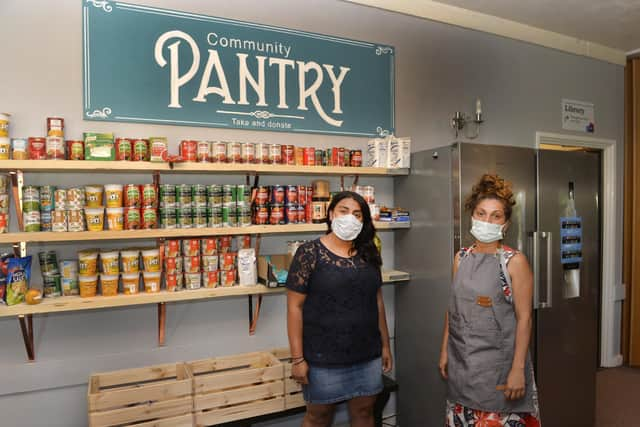

Advertisement
Hide AdAdvertisement
Hide AdIt means that in the future: “They are never going to throw something into the bin.”
Sew Fabulous was one of 21 community-led carbon cutting projects in the city that was awarded a grant by the council back in March.
It is using this funding to hold a free two-day event on July 23 and 24 where people can learn about sewing and get creative.
The ‘Re-skill. Re-use. Re-fashion’ event will involve creative workshops, an upcycling challenge, a customisation workshop and a swap for party clothes – visit sew-fabulous.org to find out more.
Advertisement
Hide AdAdvertisement
Hide AdAnother group to benefit from the council funding is using the grant to create a community garden. The Old Boat Corner Community Centre, which is tucked away off Carden Hill in Hollingbury, wants to create a garden where local people can come and grow their own food to take home, or donate it to the centre’s community pantry.
Reyna Kothari, centre manager, said the project was about ‘getting people back in the community and out of their houses, as well as educating people about food growth and food waste’.
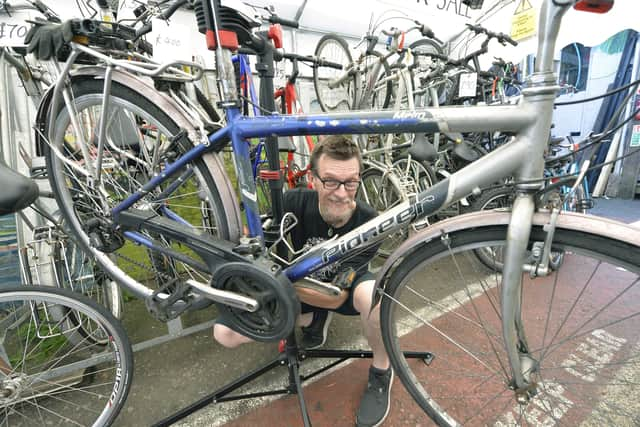

She said: “If you don’t have a garden, how do you grow stuff? How do you teach your kids to do that? There isn’t anywhere around us at the moment, so we want to offer a space that’s accessible to everyone.”
The scheme will also reduce car usage, as people will be able to walk and get fresh food from the centre instead of driving into Brighton.
Advertisement
Hide AdAdvertisement
Hide AdTo help support the garden and other projects at the community centre – which include its own charity shop – visit their fundraising page here.
Key to cutting emissions will be transforming the way we travel – and the Brighton Bike Hub is doing its bit to get as many residents as possible using two wheels.
The cycle workshop in St Martin’s Place, off Lewes Road, is kept going by 30 volunteers working five days a week, who fix up bikes cheaply or help people to do their own repairs.
They also take the city’s abandoned bikes, fix them up to make them rideable again and sell them at an affordable price.
Advertisement
Hide AdAdvertisement
Hide AdDuncan Blinkhorn, project coordinator, said: “We’re here to make it easier for people to get on a bike and stay on a bike.
“The bigger picture is aiming towards a carbon neutral future, there’s a real urgency in that.”
He said a lot of people could not afford to buy a brand new bike or pay for repairs at high street bike shops.
There is huge demand for the service – especially since the pandemic has accelerated what was already a trend towards greater environmental awareness, Duncan said.
Advertisement
Hide AdAdvertisement
Hide AdThe hub currently has 40 old bikes waiting to be refurbished and a backlog of 20 bikes needing repairs.
Getting people out of cars and onto bikes will improve air pollution and bring about health benefits for people too.
“The best advert for cycling is people cycling,” he said. “I think the more people can see others getting on a bike, it makes them feel more able to do the same.
Find out more at www.brightonbikehub.org
What commitments are included in the council’s Carbon Neutral 2030 programme?
Advertisement
Hide AdAdvertisement
Hide AdHere are a few examples of the actions the council will take across different areas, working with various partners.
Transport: Expand its Bike Share scheme to deliver a citywide scheme with 50 per cent electric bikes.
Deliver secure on-street cycle storage for bikes and support an Assisted Cycle Hub on Brighton seafront.
Energy and water: Deliver a major programme of renewable energy, solar PV and energy efficiency retrofitting on council housing.
Advertisement
Hide AdAdvertisement
Hide AdConsider creating a private rented sector team to enforce housing and energy efficiency standards, in order to improve standards in private housing.
Waste: Increase community composting, introduce domestic food waste collection and introduce additional garden waste rounds to different property types.
Install drinking water fountains in the city.
Built environment: Build sustainable council housing and develop a design specification for carbon neutral homes.
Introduce a sustainability impact checklist for new regeneration projects – private sector and public sector – through the planning system.
Advertisement
Hide AdAdvertisement
Hide AdCommunication and engagement: Embed climate change into schools’ Brighton & Hove Environmental Education programme in order to engage young people.
Engage with the wider community on online platforms.
Read the council’s 2030 carbon neutral programme in full at www.brighton-hove.gov.uk/full-carbon-neutral-2030-programme